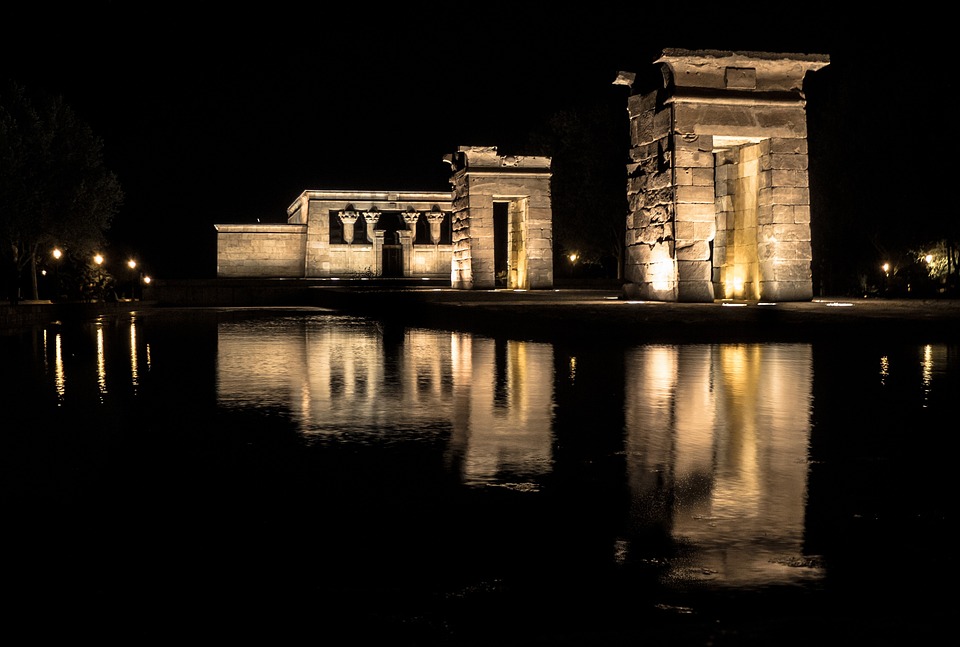Introduction
Madrid, the vibrant and cultural capital of Spain, boasts a rich royal legacy that can be explored through its magnificent palaces. These palaces, once home to kings and queens, now stand as remarkable historical landmarks that offer visitors a glimpse into the city’s storied past. From the grandeur of the Royal Palace to the elegance of the Royal Monastery of San Lorenzo de El Escorial, each palace has its own unique charm and significance. Let’s embark on a journey through Madrid’s royal heritage and discover the splendor of its palaces.
The Royal Palace
The Royal Palace, or Palacio Real, is a must-visit destination for anyone interested in Madrid’s royal history. As the official residence of the Spanish royal family, this palace showcases magnificently decorated rooms, lavish artwork, and stunning architecture. Visitors can explore the State Rooms, which are filled with exquisite tapestries, frescoes, and chandeliers, providing a glimpse into the opulence of the past. The Royal Armory, with its impressive collection of weapons and armor, is also a highlight of the palace.
The Royal Monastery of San Lorenzo de El Escorial
Nestled in the foothills of the Sierra de Guadarrama, the Royal Monastery of San Lorenzo de El Escorial is a UNESCO World Heritage Site and a true architectural masterpiece. Built in the 16th century, this monastery was commissioned by King Philip II and served as a royal residence, monastery, and pantheon for the Spanish royal family. The complex is a marvel of Renaissance architecture, featuring stunning courtyards, beautiful gardens, and a breathtaking basilica. Inside, visitors can explore the grand library, the royal apartments, and the stunning Pantheon of the Kings.
The Royal Convent of Las Descalzas Reales
Tucked away in the heart of Madrid, the Royal Convent of Las Descalzas Reales offers a unique glimpse into the lives of the Spanish royals. Founded in the 16th century by Joanna of Austria, the convent was home to noblewomen who took religious vows. Today, the convent houses a remarkable collection of art, including paintings by renowned artists such as Titian, El Greco, and Rubens. The opulent rooms, adorned with beautiful tapestries and intricate woodwork, showcase the grandeur of the Spanish aristocracy.
The Royal Palace of El Pardo
Located on the outskirts of Madrid, the Royal Palace of El Pardo is surrounded by lush gardens and offers a tranquil escape from the bustling city. Constructed in the 15th century, this palace served as a hunting lodge for the royalty. Visitors can explore the sumptuous rooms, filled with exquisite furniture, royal portraits, and ornate decorations. The palace also houses a museum that displays a remarkable collection of tapestries, ceramics, and armor.
FAQs
Q: Can I visit the interiors of these palaces?
A: Yes, most of these palaces are open to the public and offer guided tours that allow visitors to explore their interiors and learn about their historical significance.
Q: Are photography and videography allowed inside the palaces?
A: The guidelines for photography and videography vary from palace to palace. It is advisable to check with the respective palace authorities regarding their photography policies before your visit.
Q: Are there any restrictions or dress codes for visiting these palaces?
A: While dress codes are not strictly enforced, it is recommended to dress modestly and respectfully when visiting these royal palaces. Additionally, certain areas of the palaces may have restrictions, such as no photography or limited access to certain rooms. It is advisable to check with the palace authorities for any specific restrictions before your visit.
Q: Are audio guides or guided tours available at these palaces?
A: Yes, most of these palaces offer audio guides or guided tours in multiple languages to enhance visitors’ experience and provide insightful information about the history and significance of the palaces.
Q: Can I buy souvenirs or visit gift shops at these palaces?
A: Yes, each palace usually has a gift shop where visitors can purchase souvenirs, books, and other items related to the history and culture of the respective palace. These gift shops offer a wide range of unique and memorable keepsakes to commemorate your visit.
Q: Are there any additional attractions or activities near these palaces?
A: Yes, many of these palaces are situated in areas that offer additional attractions and activities. For example, the Royal Palace is located in the heart of Madrid, surrounded by famous landmarks, museums, and vibrant shopping streets. Visitors can also explore the beautiful gardens and parks surrounding the palaces, or enjoy a leisurely stroll through the charming neighborhoods.

